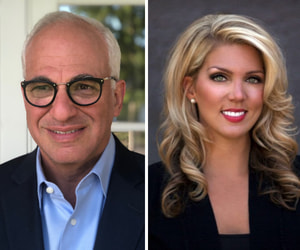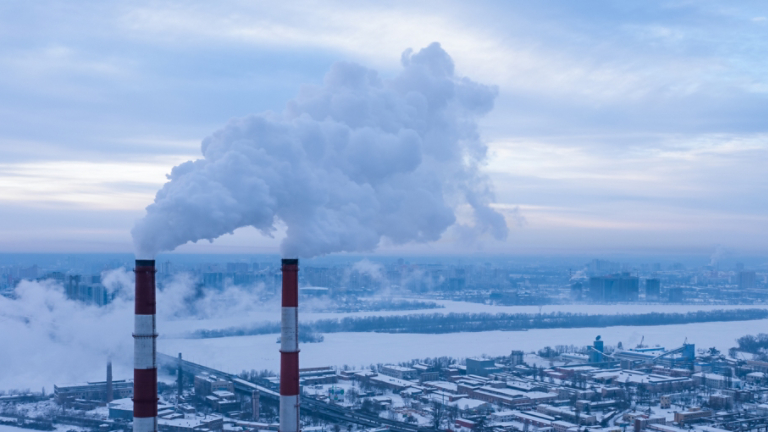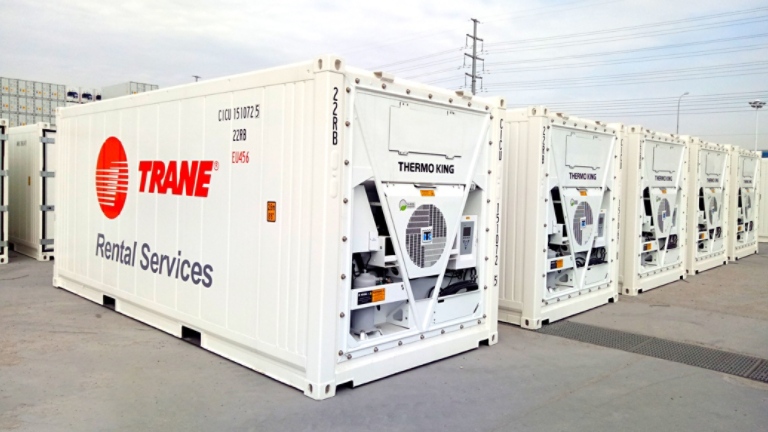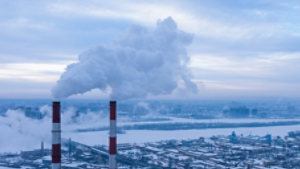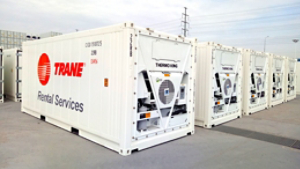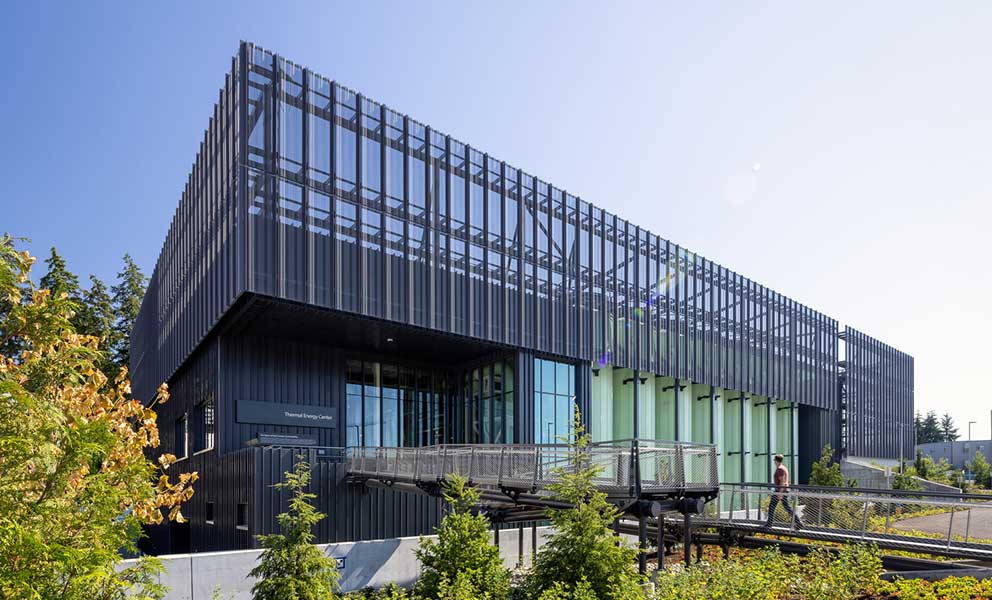In the face of rising energy costs and aging facilities, it has never been more critical to modernize our nation’s schools. Not coincidentally, the U.S. Federal Government has taken unprecedented steps to provide the funding schools need to finally get the work done. Within the interconnected laws and incentives that make up the Bipartisan Infrastructure Bill, administrators will find billions of dollars earmarked for school improvements—and that’s on top of hundreds of millions of dollars in leftover COVID funding.
The funding umbrella is fairly broad, and most projects to upgrade HVAC and lighting can meet the requirements if they are positioned properly to meet specific guidelines.
First, let’s take a quick look at the list of new programs that may cover the cost of school upgrades.
- Inflation Reduction Act (IRA)
- Bipartisan Infrastructure Law (BIL or “Infrastructure Investment and Jobs Act” IIJA)
- CHIPS and Science Act (CHIPS Act)
- American Rescue Plan Act (ARPA)
Ongoing opportunities specific to K-12 schools include…
- Elementary and Secondary School Emergency Relief (ESSER) Funding, including over $122 billion in aid for to improve the efficiency, HVAC and IAQ of public K-12 schools
- $500 million in Department of Energy grant funding for facilities projects that improve indoor air quality and energy efficiency via HVAC, lighting, controls and other solutions
- $50 million in EPA grants to address air pollution in schools
These are just the tip of the iceberg. Trane has been studying the legislation closely to understand the opportunities this creates for schools. We can help you co-craft strategies that enable many projects to be completed at virtually no direct cost to your district. Defining projects to qualify can get tricky.
Let’s practice a little brainstorming.
What goals have you set for your district? You may be surprised by the ways that school buildings fit into educational goals and strategies. (Hint: Many of the current funding opportunities are focused on improving infrastructure reliability and sustainability.)
1. Improve educational outcomes.
Along with teachers and curriculum, conditions inside classrooms influence student learning. Hot and cold spots are more than a nuisance. Multiple studies have shown thermal comfort matters a lot. For example, one study of student performance conducted by Berkeley Lab showed that the average speed of eight simulated schoolwork tasks decreased by approximately 1.1% per each 1°F as temperatures increased from 68°F to 77°F.1 Improving lighting can affect concentration, accuracy and even the mood of students and teachers.
2. Reduce student absences.
No matter if it’s a common cold or COVID, after the 2020 school shutdowns everyone is aware that some viruses can spread through the air. Absenteeism can lead to learning setbacks. If your district hasn’t acted to mitigate health risks by improving classroom air quality, this may be the perfect time. Increasing ventilation reduces the buildup of indoor contaminants. Upgrading air handlers is one of the easiest and most effective ways to improve indoor air quality. Adding more advanced filtration and special UV lighting can take air quality to even higher levels.
3. Spend less money.
This influx of funding will be available for a short time, but you can continue reaping the financial benefits for many years by focusing on an energy plan. Most utility costs come from lighting and HVAC use. Modernizing to more energy-efficient heating and air conditioning, along with newer-generation LED lighting, will provide long-term measurable paybacks. Controlling both systems together through a building automation system that covers your entire district can increase the financial and operational benefits.
4. Make sustainability a bigger priority.
Teachers, parents and students care deeply about the sustainability of their schools. After all, students will be dealing with the consequences of climate change in the future. Sustainability today is focusing on decarbonization: reducing or removing carbon dioxide emissions that result from processes or energy generation. Decarbonization has two main approaches: reducing carbon emissions by using less electricity overall (energy efficiency) and replacing oil- or natural gas-fueled heating and hot water systems with new, all-electric or hybrid “dual fuel” equipment that benefits from a cleaner energy grid (electrification).
5. Introduce more STEM learning (and make it more engaging).
Why not add to the value of the projects you undertake by leveraging them for STEM (Science, Technology, Engineering & Math) learning? Decarbonizing school buildings holds some important lessons for blossoming data analysts, engineers and environmentalists. Trane offers three different age-appropriate educational programs for students in grades 4-5, 6-8 and 9-10 in which schools themselves become tools for learning. We provide hands-on experiences to inspire interest in STEM and engage students in analytical problem solving. In upper grades, our program introduces students to the type of technical skills that are used in energy-related careers.
With unprecedented financial resources available, now is the time to do everything possible to improve the school buildings that operate under your influence. Trane can help you position projects to qualify for funding and support you through the complex application processes. Don’t wait. The kids are counting on you.
1 Berkeley Lab, Indoor Air Quality Scientific Findings Resource Bank, “Temperature and School Work Performance.”
